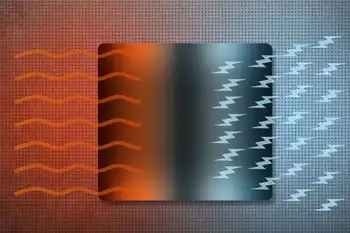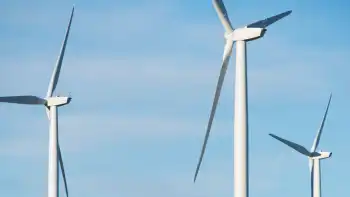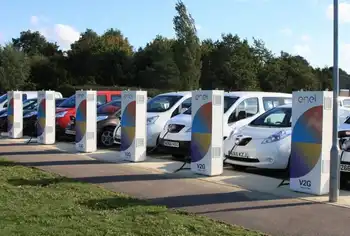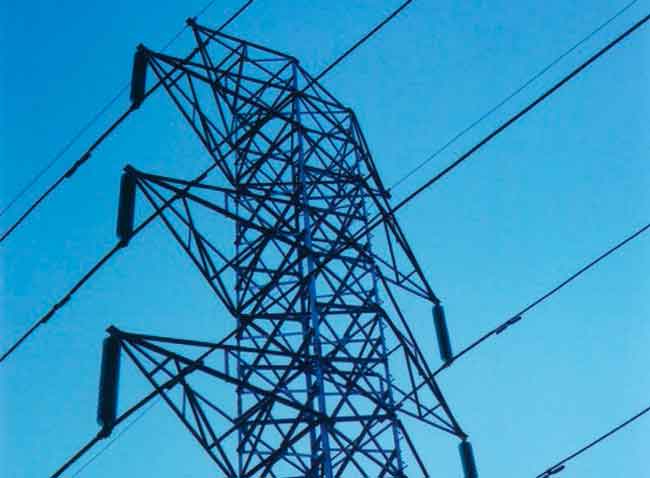PNNL project gives consumers a say in saving energy
By Tri-City Herald
Arc Flash Training CSA Z462 - Electrical Safety Essentials
Our customized live online or in‑person group training can be delivered to your staff at your location.

- Live Online
- 6 hours Instructor-led
- Group Training Available
Power industry leaders announced that energy-smart technologies - microcomputers - being developed at Pacific Northwest National Laboratory and installed in electric-consuming appliances could play a key role in protecting the power grid and making it more efficient.
Rob Pratt, a PNNL researcher who managed the GridWise project, said the yearlong test involved installing energy smart technologies in 112 homes on the Olympic Peninsula.
The results were promising. Consumers could save 10 percent on their electric bills while making the power grid more brown-out-proof.
The project saw participating homeowners choose their energy consumption based on real-time information provided by the energy-smart devices and analytic tools about the availability of electrical power and its costs. The homeowner was free to turn up the heat and pay the price, or cut back a little and save.
"Consumers had total control. The study showed (they) were willing to make adjustments," said Pratt.
Another aspect of the test had automatic control devices installed on water heaters and clothes dryers at 150 homes in Washington and Oregon. The devices would switch their heating elements on and off automatically depending on the availability of power.
"Appliances are dumb as stone. If we give them a little bit of smarts, they can reduce the load if the grid is threatened," he said.
Those devices operated by detecting energy demand on the entire grid. If it was high, then the device turned off household appliances. If low, the appliance could keep drawing power.
Pratt said peak loads on the grid were cut by an average of 15 percent.
"This is managing the grid from the demand side," Pratt said.
Putting energy-saving choices in the hands of consumers allows them, and ultimately, utilities, to save money, Pratt said. It could help put off construction of additional electrical generation facilities, potentially resulting in as much as $70 billion in delayed infrastructure costs over the next two decades.
IBM was a partner in the GridWise demonstration project. Ron Ambrosio, global research leader for IBM, said the company designed software for running the test that included a model of real-time market pricing and demands.
Other participants in the demonstration project were PacifiCorp, Portland General Electric, the City of Port Angeles and Clallam County Public Utility District No. 1.
Pratt said the technology is ready to go. "This is not on the lab bench," he said.
But it will be at least five years before the devices are installed. It will take time to bring the per home costs down from $1,000 to $500 or less.
Pratt said the next big challenge is to convince policy makers and regulatory agencies on a state-by-state basis to see the value of the technologies.
Jerry Brous, 67, of Sequim, a participating homeowner, said the devices installed on his thermostat and computer were "super easy to use."
An LED on his thermostat signaled when energy costs were going up based on demand. He could choose to have more or less heat, or set the thermostat to a level that would react to price fluctuations so he could keep his energy bill down.
"We often accepted what the system offered. There was tremendous flexibility," he said. The system worked by having energy demand and pricing data sent to his computer, which through a wireless connection directed the thermostat to follow whatever settings and pricing parameters the homeowner wanted.
"You learn how much you are willing to tolerate," Brous said.
Pratt said PNNL staff worked on the project for two years, with much of the $2.5 million in funding coming from the Department of Energy.
"We have a lot of technical companies ready to go, but we have to convince the public utility commissions in the states (that) it is good for residential consumers," Pratt said.
Ultimately, Ambrosio said the nation's economy stands to gain the most.
"We don't want electricity to end up like oil, being a big drag on our economy," he said.











